In Focus: Jeremy Houghton, the equine artist on The Queen, capturing movement and inserting the odd secret flamingo
Jane Wheatley meets Cotswolds artist Jeremy Houghton.
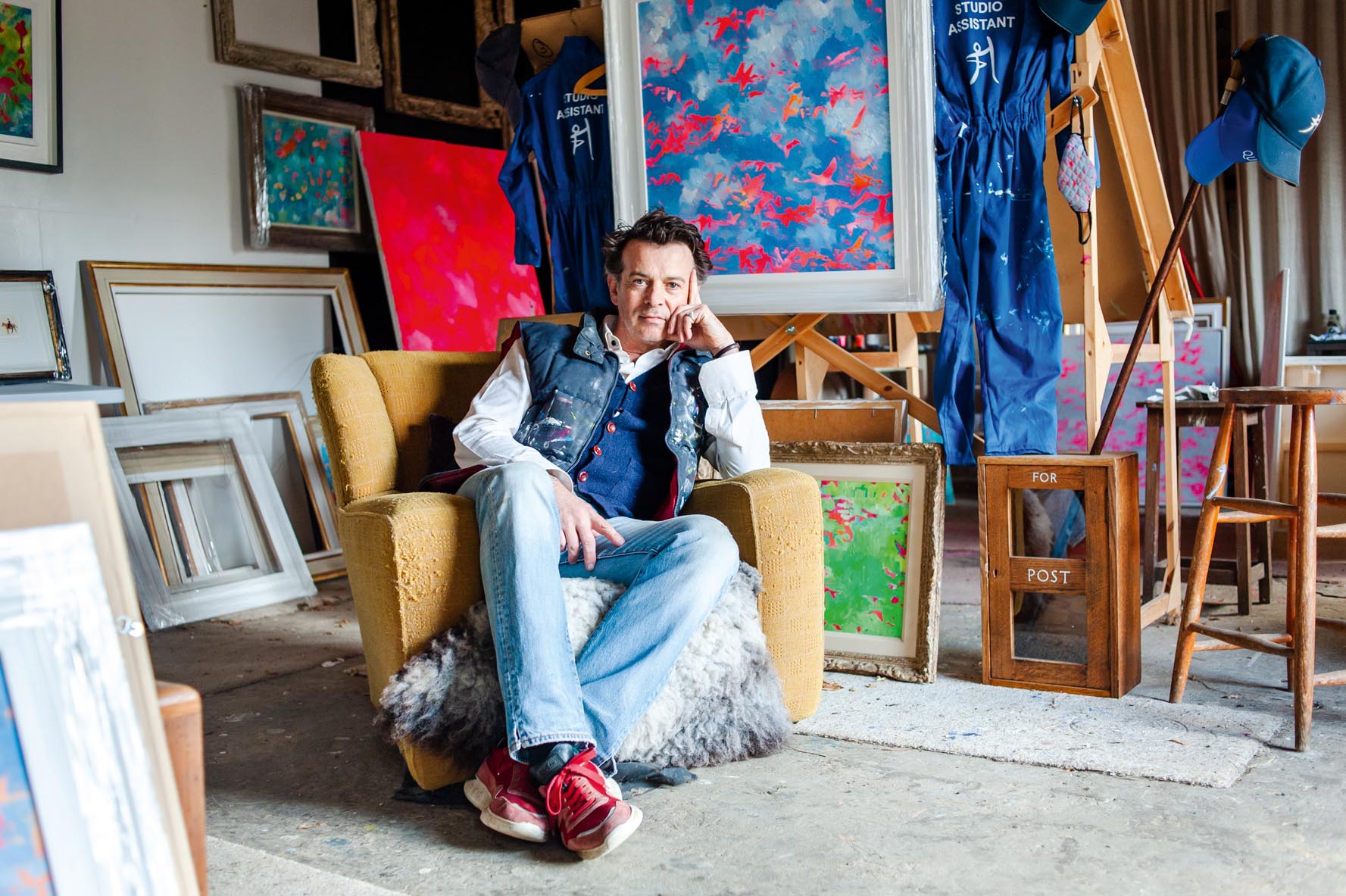

Jeremy Houghton’s work as artist in residence takes him behind the closed doors of some of the country’s most exclusive locations: Windsor Castle, Cirencester Park Polo Club, Wimbledon. He began by tapping family military connections to paint the Grenadier Guards. ‘I had an exhibition in the Mess and all the old boys bought work — perfect for a young upstart. Then, one thing led to another,’ Mr Houghton adds, with a certain understatement.
We meet at his parents’ farm outside Broadway, Worcestershire, where I meet his daughters’ ponies, snoozing in their stables, before crossing the yard to his studio. Horses play a big part in his work: horses racing, playing polo, horses at war, ceremonial horses at Windsor Castle Royal Mews. ‘I chose the Mews because it said the most about The Queen,’ reveals the artist, who is opening a gallery in Chipping Campden in late spring.
One of the series shows the back view of a groom leading away a horse, outlined in a soft grey wash. ‘The thing is to meet the people who make these places work. At the polo club, for me, it was all about the ponies, hanging out with the gauchos at the pony lines. These are the nuggets you look for.’
Here, too, are the greats of the game, such as the late Duke of Edinburgh, instantly recognisable in a couple of brush strokes in the hurly burly of the pitch. ‘To paint movement, you have to eliminate detail and reduce the palette,’ expounds Mr Houghton, much of whose work is rendered in shades of blue on white. ‘I love space, white empty paper,’ he enthuses. His paintings have the feel of early photographs. ‘I love old photos and negatives — the places I work at have great history and I just stumbled on this style, which nods to the past.’
In lockdown, using up old canvases, he painted over flamingos inspired by a spell in South Africa and, occasionally, a flash of pinky-orange plumage has been allowed to ghost through the work. ‘Like a secret flamingo,’ I say. ‘I like that,’ he replies with a grin.
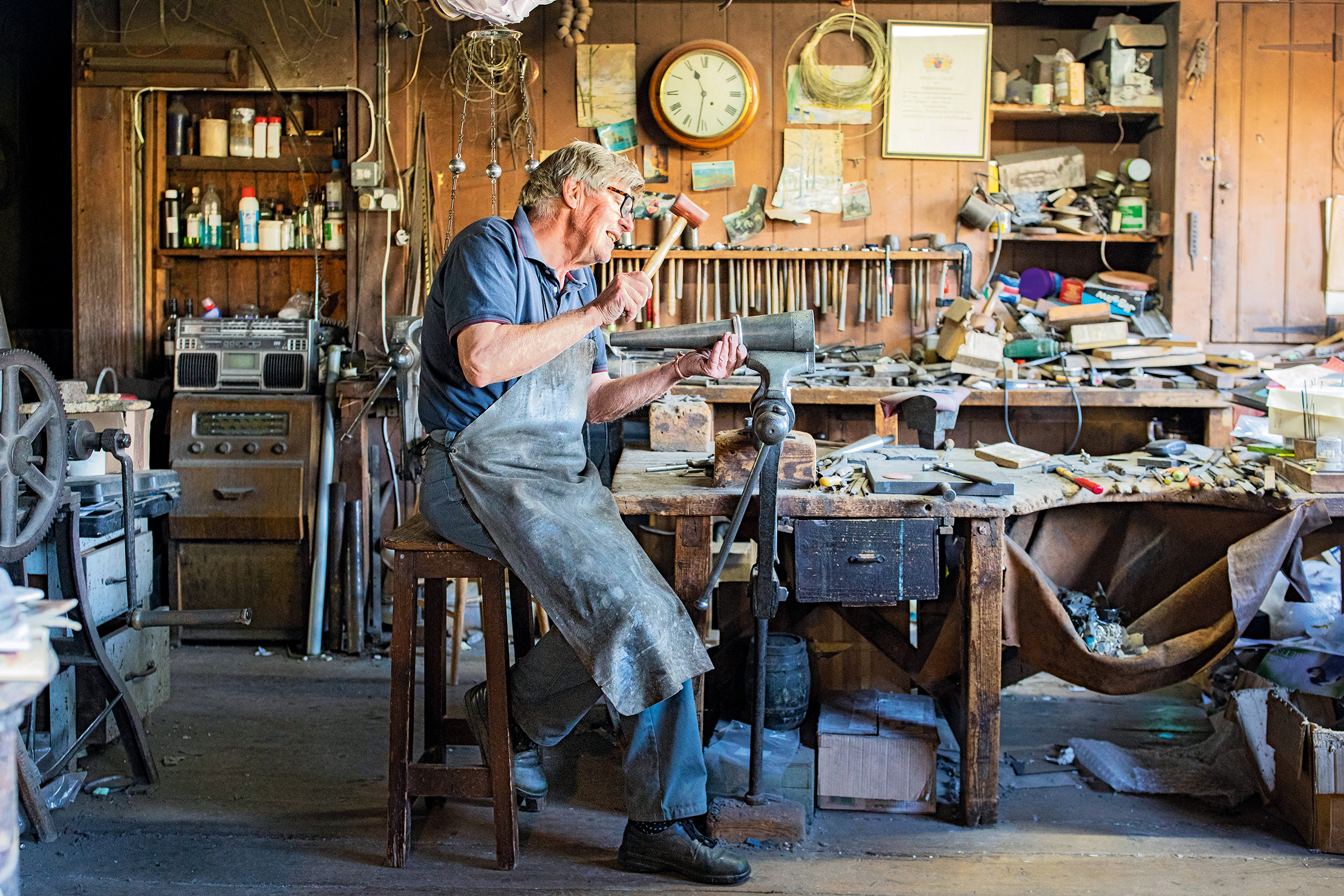
In Focus — The Cotswolds silversmith: 'We make beautiful works of art to last for hundreds of years'
Tucked away in an old Cotswolds silk mill, expert craftsmen harness a century of expertise to raise, planish and finish
Exquisite houses, the beauty of Nature, and how to get the most from your life, straight to your inbox.
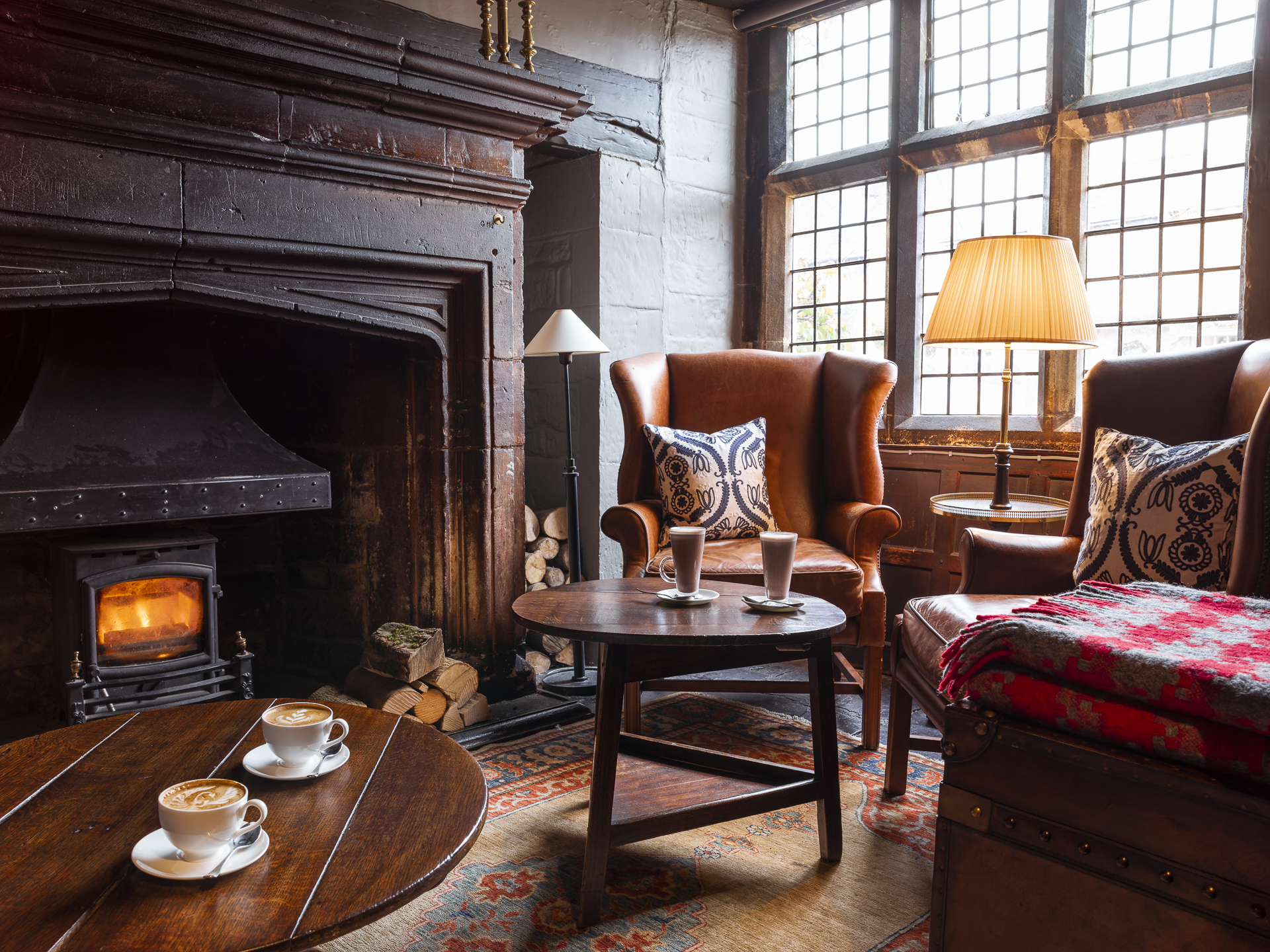
Credit: Lygon Arms
Lygon Arms, Broadway: A Cotswolds inn with history notched in its ancient wooden beams and hand-hewn stonework
In the heart of picture-perfect Broadway, gateway to the Cotswolds, the Lygon Arms has been a favourite getaway for centuries.
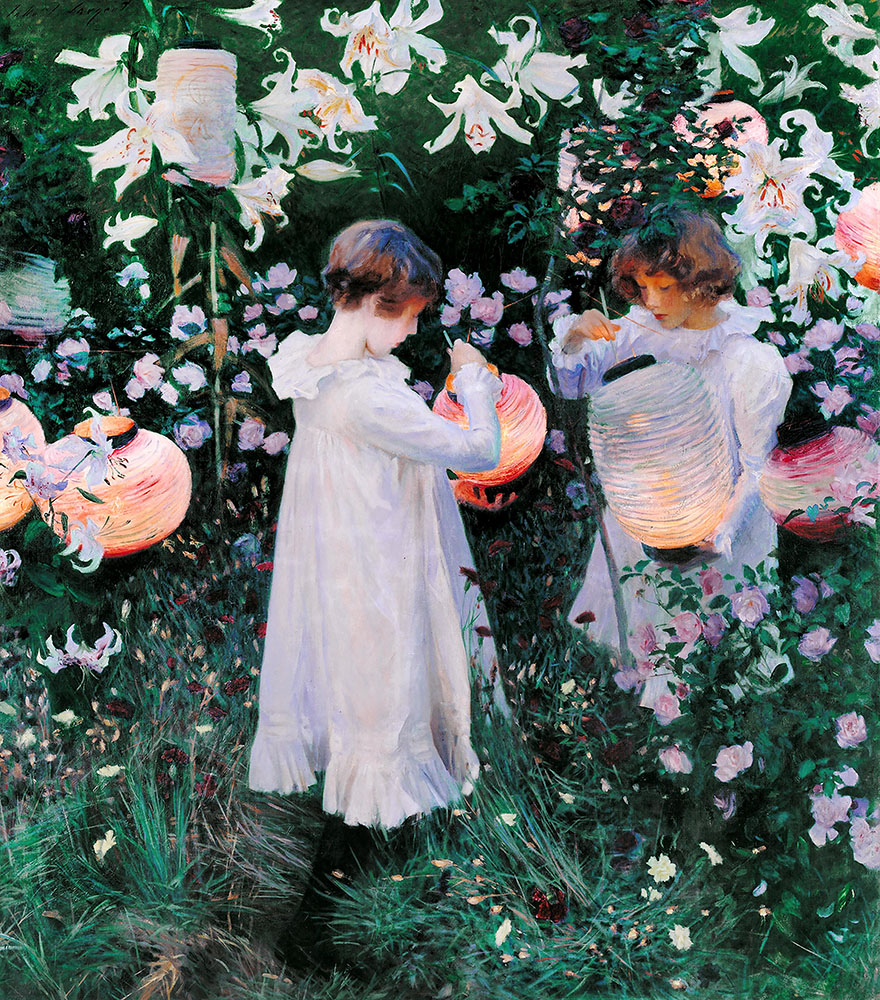
In Focus: Mark Griffiths on the history and revival of Sargent’s 'Carnation, Lily, Lily, Rose'
Mark Griffiths describes how a dinner-party question led to the uncovering of the true identities of the lilies in Sargent’s
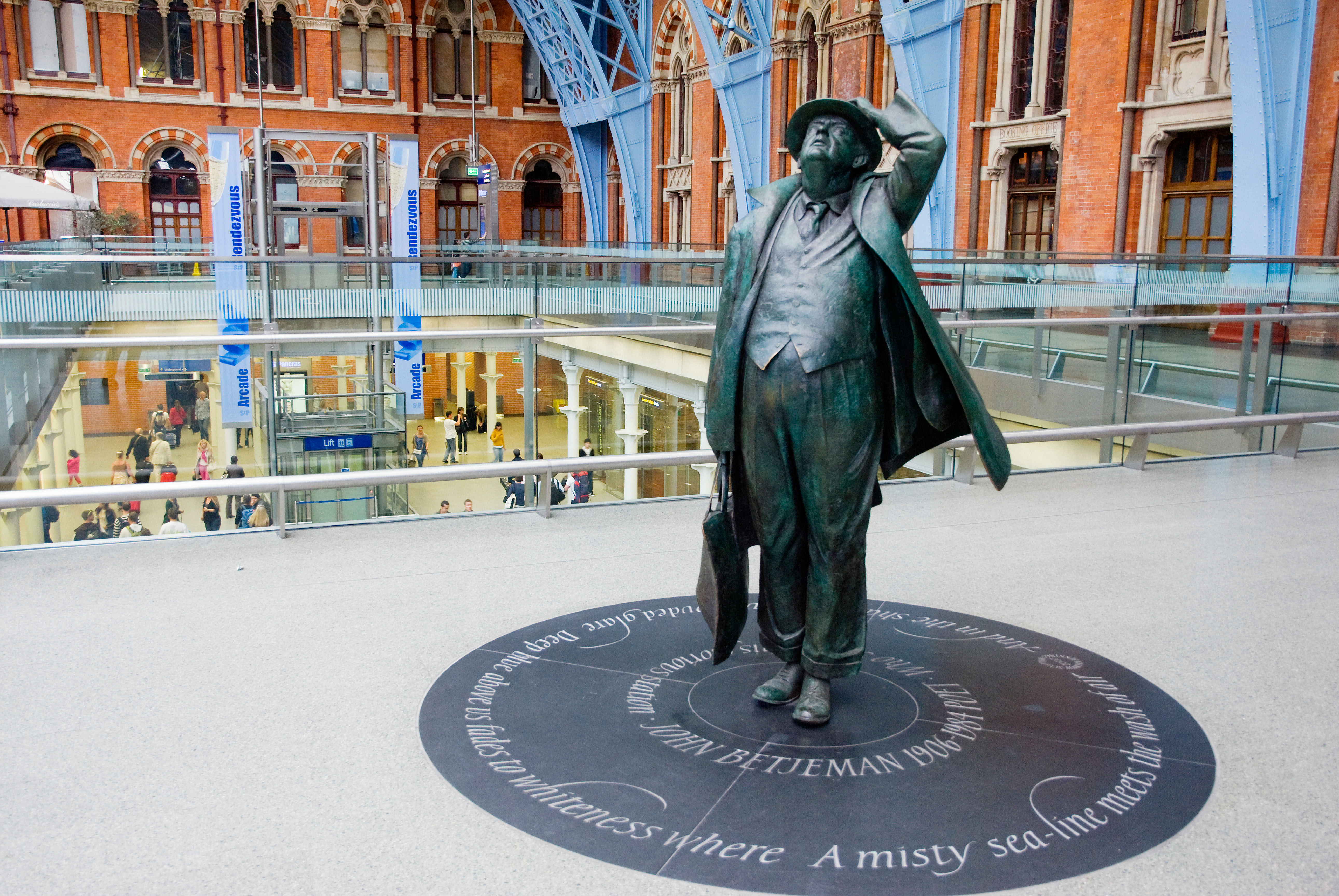
In Focus: The sculptor whose work 'treads that fine line between likeness and caricature'
At a time when public statuary is much in the news, Timothy Mowl considers the work of a leading British

In Focus: Why the eerie thrives in art and culture
The tradition of ‘eerie’ literature and art, invoking fear, unease and dread, has flourished in the shadows of British landscape
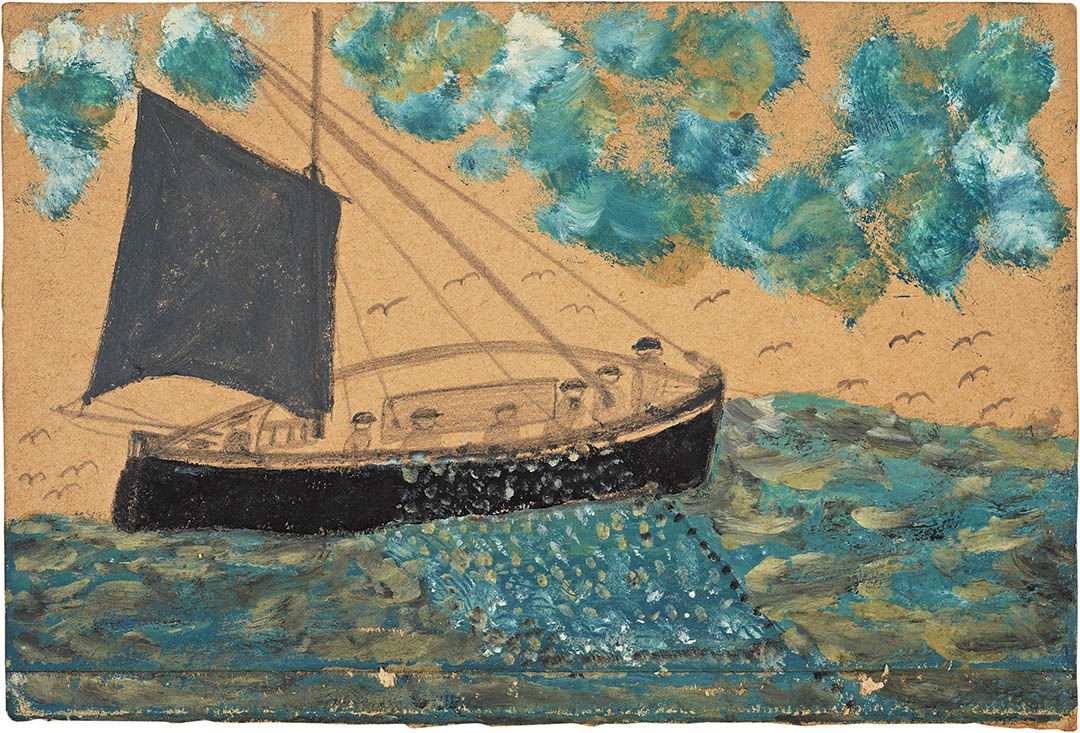
In Focus: Alfred Wallis, the painter whose art is high seas meets Kindergarten-style folk art
Self-taught mariner Alfred Wallis’s sea paintings enjoyed popularity with Modernists, but did their efforts drown his own voice? As an
Jane Wheatley is a former staff editor and writer at The Times. She contributes to Country Life and The Sydney Morning Herald among other publications.
